As we continue to drive industry forward and the human footprint carves a lasting mark on the planet, a growing global crisis demands urgent answers. Solution may very much lie within the tools that created the problem. New technologyechnology is coming to save the planet.
Science continues to come up with new ways to help the environment. You might have heard of plastic eating algae. Maybe you know about giant machines pulling CO2 out of the air. But there are some new technologies and older ones that are showing unexpected value when it comes to protecting the environment.

These are 4 high-tech inventions that prove we can help the planet and not destroy it:
Drones seed forests and monitor illegal logging
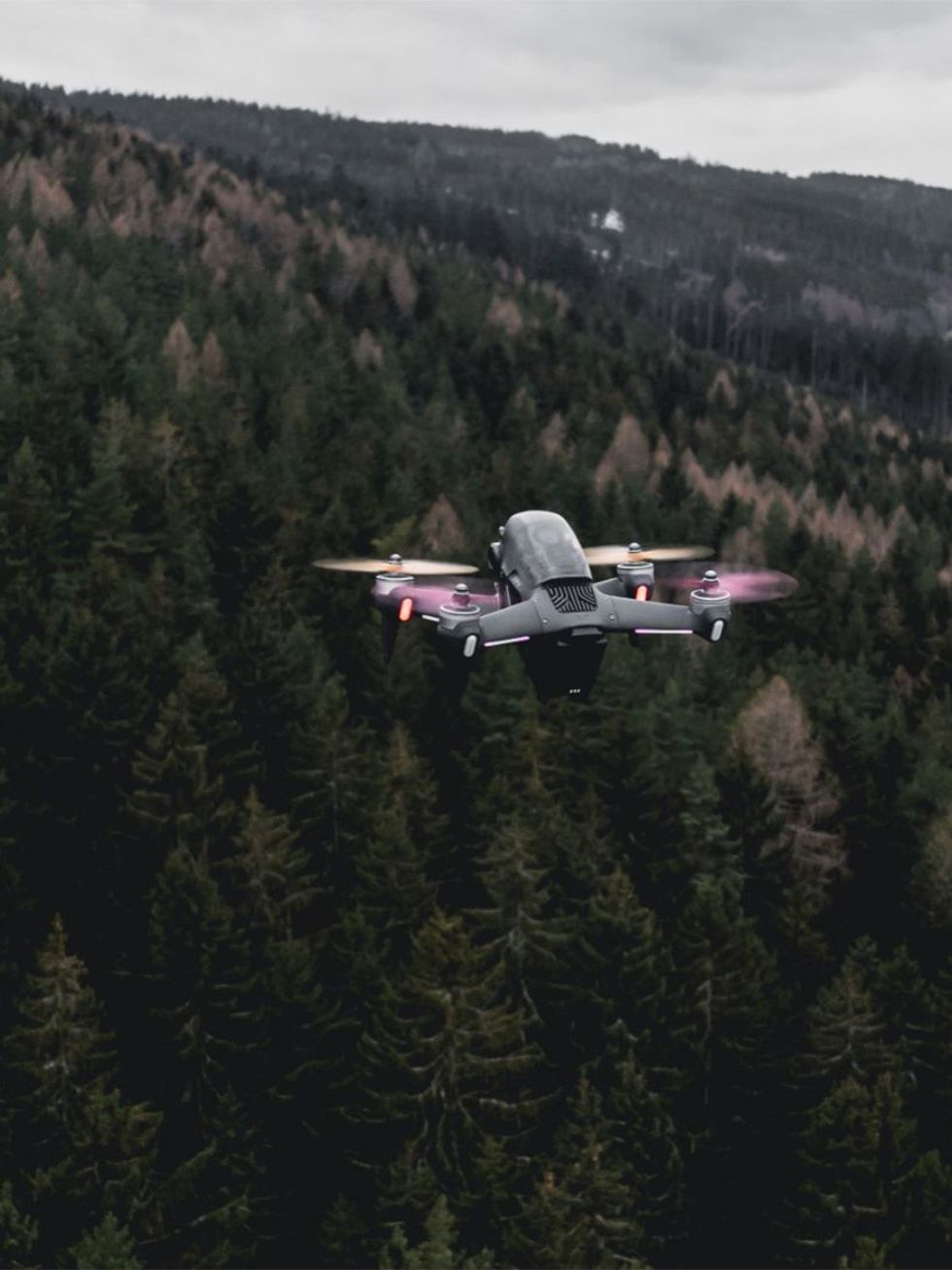
Drones have been used for war, used to deliver packages, and now used to deliver seeds. BBC wrote about a project designed to expand the rainforests in the South West of Bodmin. In about 8 hours, drones were able to seed 11 hectares of land with 75,000 seeds of oak, alder, wild cherry, birch, and hazel; all of which are native to the area. The project officer Sam Manning was quoted, "Drones are potentially much faster and cheaper at dispersing seeds than volunteers." Also saying, "... many potential woodland creation sites are either too steep, unsafe or remote for people to plant or scatter seeds."
These mini flying machines are also fighting the battle of deforestation and illegal logging. Amazon Conservation describes themselves as, "an organization using science and innovation to protect the Amazon." They use drones to monitor parts of the largest tropical rainforest in the world. Gathering information and evidence, they work with local communities and governments to protect this critical environment necessary for a healthy planet.
Biodegradable Sensors
As advancements in technology have allowed us to monitor the pollutants in soils, take important data on wildlife, and measure general soil health, an unwanted outcome has been electronic waste. The solution lies in eco-friendly, biodegradable sensors. It Direction writes, "These sensors decompose naturally, reducing the environmental footprint." The sensors are composed of material like cellulose, silk proteins, and magnesium. The results are promising moving us toward a cleaner world.
At the University of Glasgow they're creating screen-printed, biodegradable soil sensors to help farmers improve crop yields. Phys Org explains, "The project aims to develop a complete system where the biodegradable sensors are powered by solar cells and supercapacitors also made from sustainable materials, enabling a fully environmentally friendly solution for precision agriculture monitoring."
Solar farms
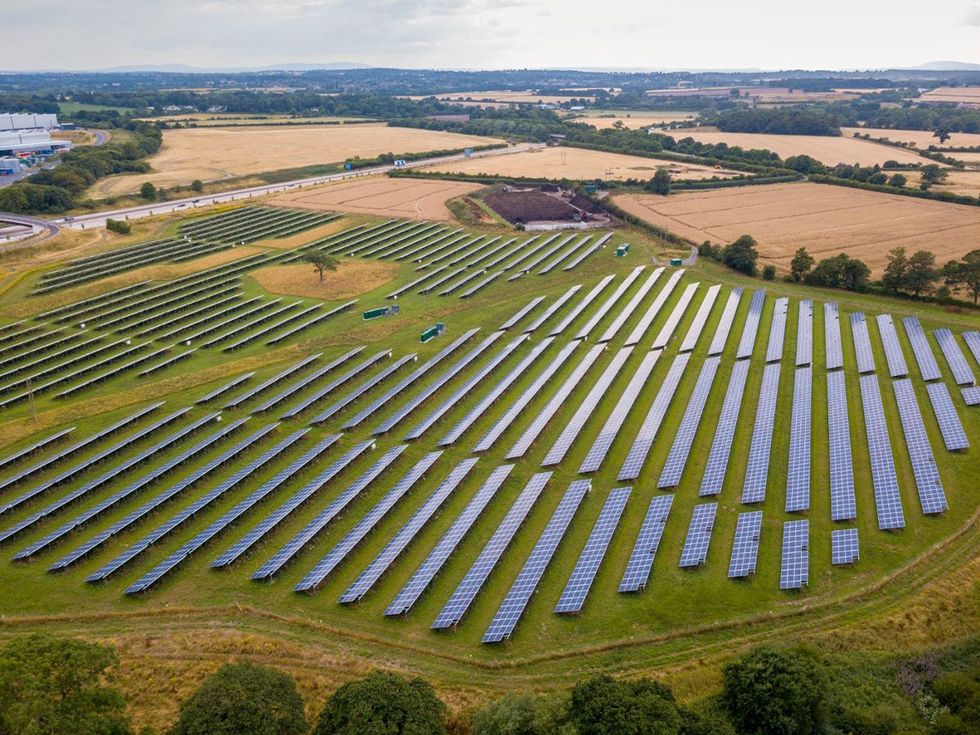
Another relatively new, green technology that finally shows sustainable promise is solar energy. California uses solar power more than any other source of energy for the state. This past year it surpassed natural gas as the main provider of electricity, and that trend will continue.
An unexpected benefit is some solar farms actually create safe environments for wildlife. A large solar park in Brandenburg, Germany has created a flourishing breeding ground for Larks and other bird species. An article by pv magazine reports that 21 to 47 breeding pairs can be found every 10 hectares. Birds are nesting between the rows and sheep keep the vegetation short. The animal waste brings diverse flora and insects to maintain healthy diets for the birds.
Robots restore coral reefs
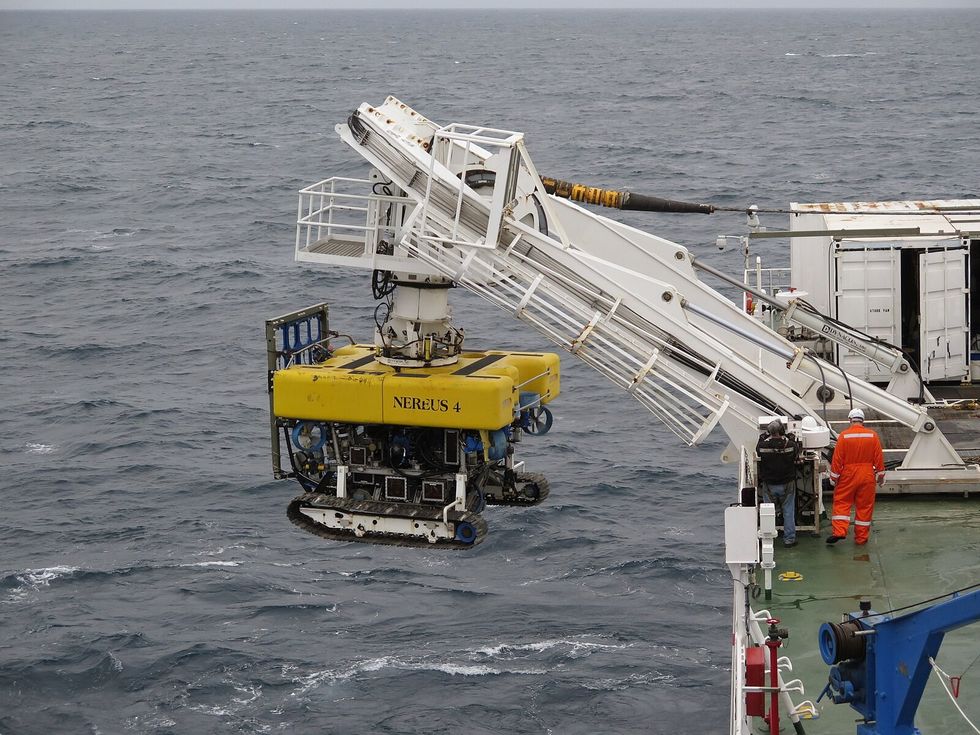
Underwater drones are making a difference. Recent breakthroughs have robots replanting coral, removing debris, exploring hydrothermal vents, monitoring marine life, and operating in environments to deep and dangerous for human divers. Marine Biodiversity & Sustainability describes these new robots as operating more energy-efficiently and utilizing advanced battery technology that allows them to work longer.
Artificial intelligence executing advanced algorithms, allows the submerged robots to identify various types of waste and perform precise collection of debris. The article further states, "In pilot programs across various marine environments, automated cleanup systems have shown the ability to collect up to 500 kilograms of marine debris daily, operating with minimal human intervention and reduced environmental impact compared to traditional cleanup methods."
Final Thoughts
We've been doing a lot of poisoning to this planet. Often we forget the damage we cause because the convenience is so high. The simple truth is most of us are completely incapable of making any radical changes. Changes that are necessary to turn things around.
Outside of signing a petition, marching against poor policy, or boycotting criminal polluting companies, the fear is there's little for us to do. The hope is young aspiring scientists and experienced experts seeking to leave positive legacy, can create the technology that will right the wrongs. As long as we look toward healthy solutions, there is always hope.





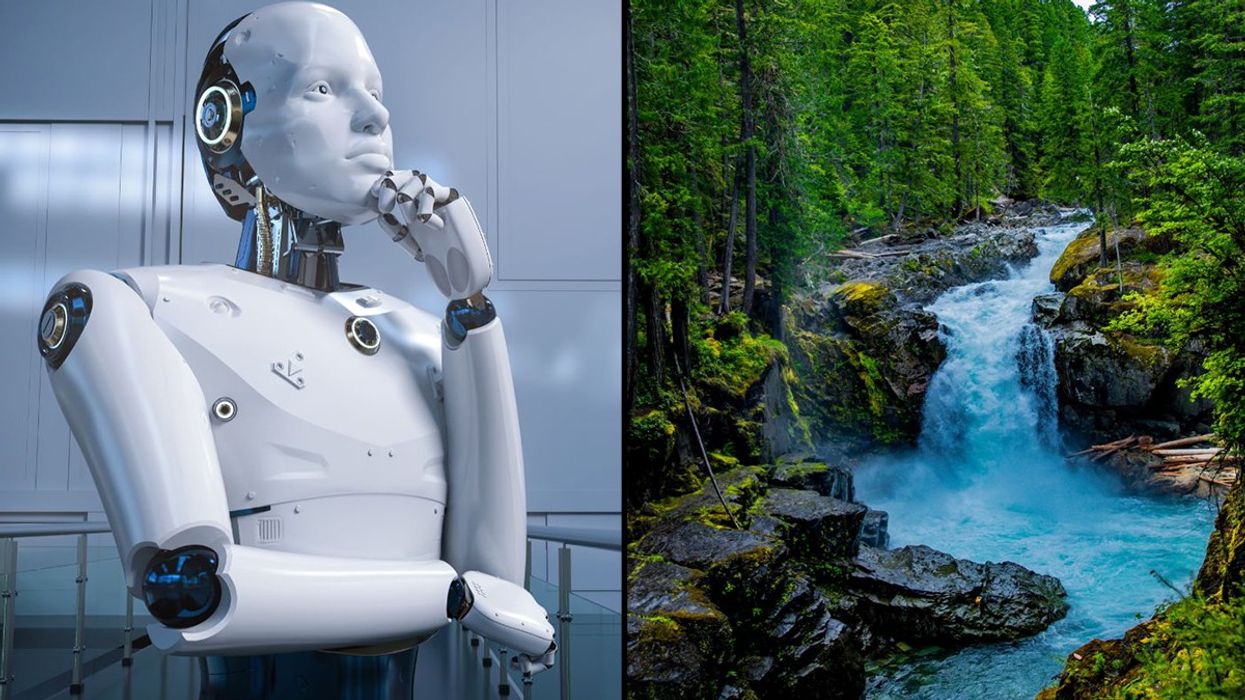











 Representative Image: Accents reveal heritage and history.
Representative Image: Accents reveal heritage and history.  Representative Image: Even unseen you can learn a lot from an accent.
Representative Image: Even unseen you can learn a lot from an accent. 
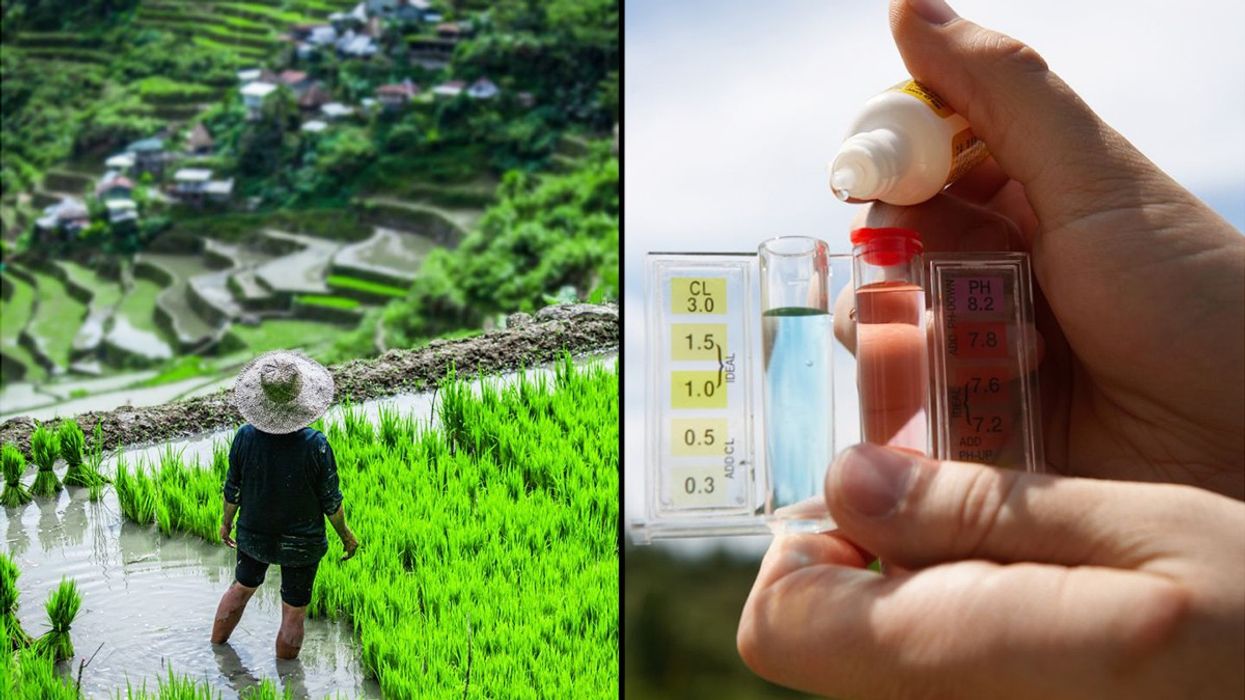
 Rice grain and white rice.Image via
Rice grain and white rice.Image via  Person eats rice.Image via
Person eats rice.Image via  Washing and rinsing rice.
Washing and rinsing rice.  Mother and daughter eating rice meal.Image via
Mother and daughter eating rice meal.Image via 

 Bees feeding on food source.Image via
Bees feeding on food source.Image via 
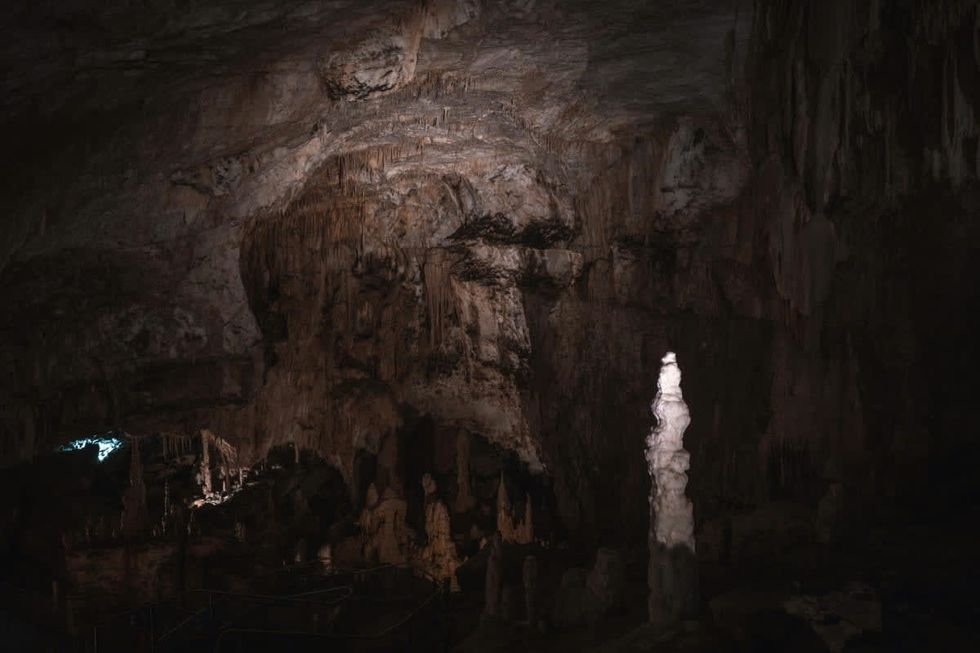 In the depths...Pexels | francesco ungaro
In the depths...Pexels | francesco ungaro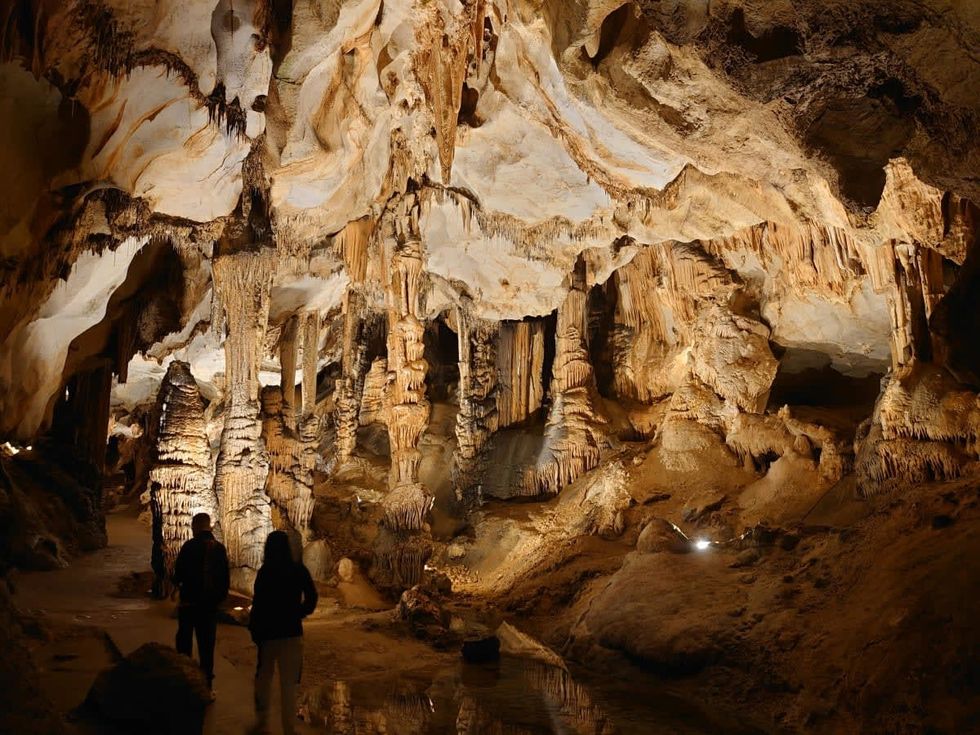 Hope the lights stay on. Pexels | parfait fongang
Hope the lights stay on. Pexels | parfait fongang "That was beyond crazy..." YouTube |
"That was beyond crazy..." YouTube |  "This is the stuff of my nightmares..."YouTube |
"This is the stuff of my nightmares..."YouTube |  "Totally blown away..." YouTube |
"Totally blown away..." YouTube | 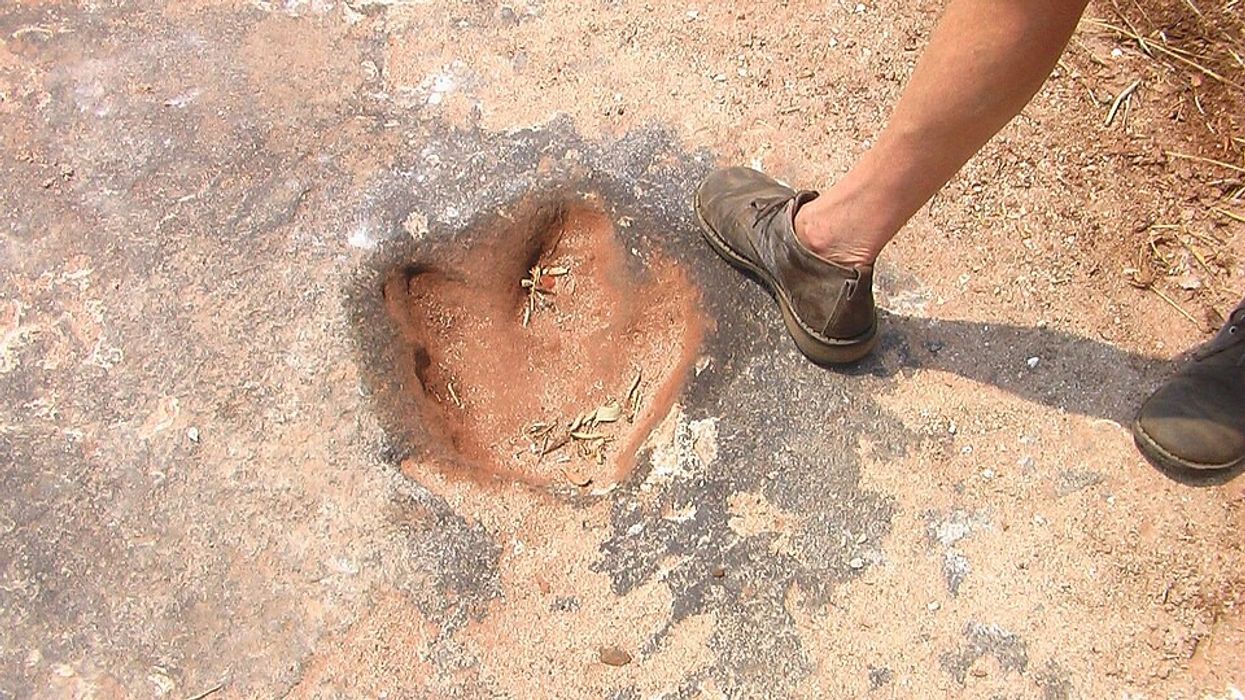
 A representative Image of The Atlantic Ocean. Source: Pexels | Kellie Churchman
A representative Image of The Atlantic Ocean. Source: Pexels | Kellie Churchman Representative Image Source: Painting from a series by Ernest Untermann in the museum at Dinosaur National Monument, Utah.
Representative Image Source: Painting from a series by Ernest Untermann in the museum at Dinosaur National Monument, Utah.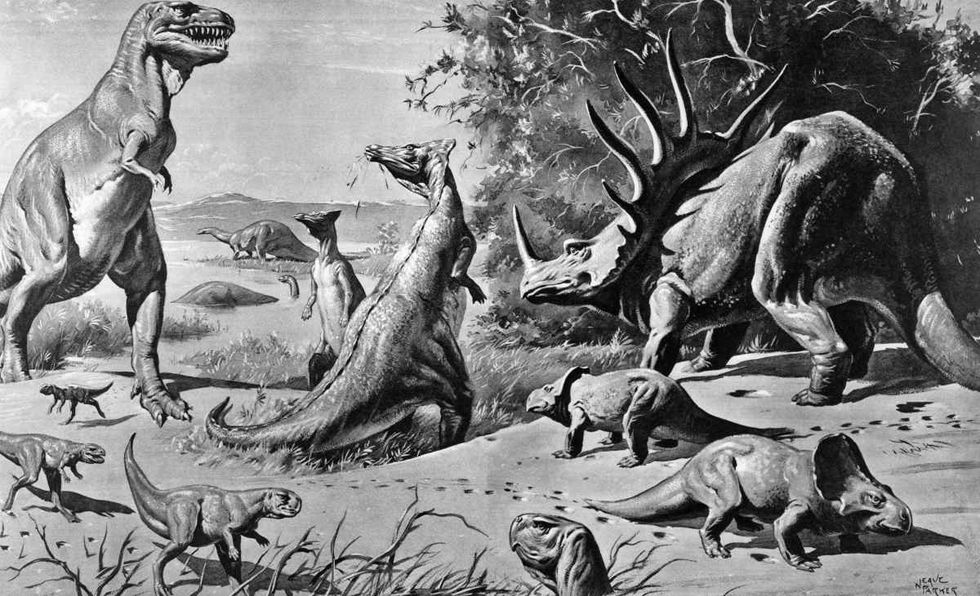 Representative Image Source: VARIOUS DINOSAURS IN GOBI DESERT. Photo by H. Armstrong Roberts/ClassicStock/Getty Images
Representative Image Source: VARIOUS DINOSAURS IN GOBI DESERT. Photo by H. Armstrong Roberts/ClassicStock/Getty Images
President Donald J. Trump and photo of a forest.
Public united and adamantly opposes Trump’s plan to roll back the Roadless Rule
There doesn't seem to be much agreement happening in the U.S. right now. Differing moral belief systems, economic disparity, and political divide have made a country with so many positives sometimes feel a little lost. Everyone desperately seeks a niche, a connection, or a strong sense of community to which they can feel a "part of," rather than just "apart."
But there seems to be one thing that the country strongly unites over, and that's the "Roadless Rule." With the Trump Administration attempting to roll back conservation policies that protect U.S. National Forests, Americans are saying in harmony an emphatic "No." A nonpartisan conservation and advocacy organization, the Center for Western Priorities, reviewed a comment analysis on the subject. After receiving 223,862 submissions, a staggering 99 percent are opposed to the president's plan of repeal.
What is the 'Roadless Rule' policy implemented in 2001?
The Roadless Rule has a direct impact on nearly 60 million acres of national forests and grasslands. According to the U.S. Department of Agriculture, the rule prohibits road construction and timber harvests. Enacted in 2001, it is a conservation rule that protects some of the least developed portions of our forests. It's considered to be one of the most important conservation wins in U.S. history.
America's national forests and grasslands are diverse ecosystems, timeless landscapes, and living treasures. They sustain the country with clean water and the wood products necessary to build our communities. The National Parks protected under their umbrella offer incredible recreational retreats and outdoor adventure.
Why does the administration want to roll it back?
U.S. Secretary of Agriculture Brooke L. Rollins told the Department of Agriculture in a 2025 press release, “We are one step closer to common sense management of our national forest lands. Today marks a critical step forward in President Trump’s commitment to restoring local decision-making to federal land managers to empower them to do what’s necessary to protect America’s forests and communities from devastating destruction from fires." Rollins continued, “This administration is dedicated to removing burdensome, outdated, one-size-fits-all regulations that not only put people and livelihoods at risk but also stifle economic growth in rural America. It is vital that we properly manage our federal lands to create healthy, resilient, and productive forests for generations to come. We look forward to hearing directly from the people and communities we serve as we work together to implement productive and commonsense policy for forest land management.”
Forest Service Chief Tom Schultz explained the Roadless Rule frustrated land management and acts as a challenging barrier to action. It prohibits road construction needed to navigate wildfire suppression and properly maintain the forest. Schultz said, “The forests we know today are not the same as the forests of 2001. They are dangerously overstocked and increasingly threatened by drought, mortality, insect-borne disease, and wildfire. It’s time to return land management decisions where they belong – with local Forest Service experts who best understand their forests and communities."
Why are people adamantly opposed to the proposed rollback?
A 2025 article in Earthjustice, a nonprofit environmental law organization, expressed its concern over the protection of national forests covering 36 states and Puerto Rico. A rescinded rule allows increased logging, extractive development, and oil and gas drilling in previously undisturbed backcountry. Here is what some community leaders had to say about it:
President Gloria Burns, Ketchikan Indian Community, said, "You cannot separate us from the land. We depend on Congress to update the outdated and predatory, antiquated laws that allow other countries and outside sources to extract our resource wealth. This is an attack on Tribes and our people who depend on the land to eat. The federal government must act and provide us the safeguards we need or leave our home roadless. We are not willing to risk the destruction of our homelands when no effort has been made to ensure our future is the one our ancestors envisioned for us. Without our lungs (the Tongass) we cannot breathe life into our future generations.”
Linda Behnken, executive director of the Alaska Longline Fishermen’s Association, stated, "Roadbuilding damaged salmon streams in the past — with 240 miles of salmon habitat still blocked by failed road culverts. The Roadless Rule protects our fishing economy and more than 10,000 jobs provided by commercial fishing in Southeast Alaska.”
The Sierra Club's Forest Campaign Manager Alex Craven seemed quite upset, saying, "The Forest Service followed sound science, economic common sense, and overwhelming public support when they adopted such an important and visionary policy more than 20 years ago. Donald Trump is making it crystal clear he is willing to pollute our clean air and drinking water, destroy prized habitat for species, and even increase the risk of devastating wildfires, if it means padding the bottom lines of timber and mining companies.”
The 2025 recession proposal would apply to nearly 45 million acres of the national forests. With so many people writing in opposition to the consensus, the public has determined they don't want it to happen.
Tongass National Forest is at the center of the Trump administration's intention to roll back the 2001 Roadless Rule. You can watch an Alaska Nature Documentary about the wild salmon of Tongass National Forrest here:
- YouTube www.youtube.com
The simple truth is we elect our public officials to make decisions. The hope is they do this for all of our well-being, although often it seems they do not. Even though we don't have much power to control what government officials do, voicing our opinions strongly enough often forces them to alter their present course of action. With a unanimous public voice saying, "No!" maybe this time they will course correct as the public wishes.